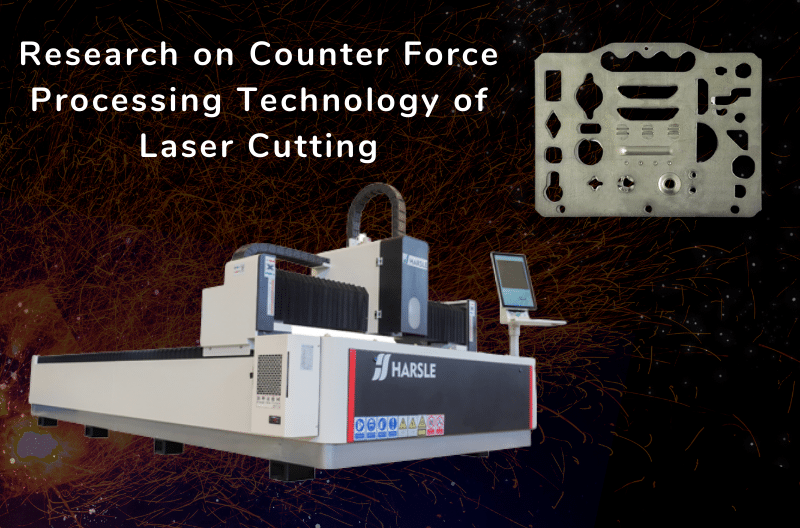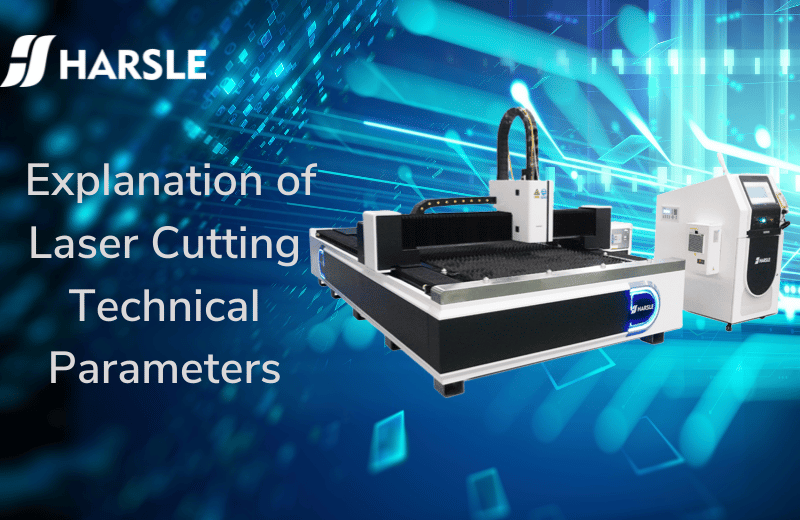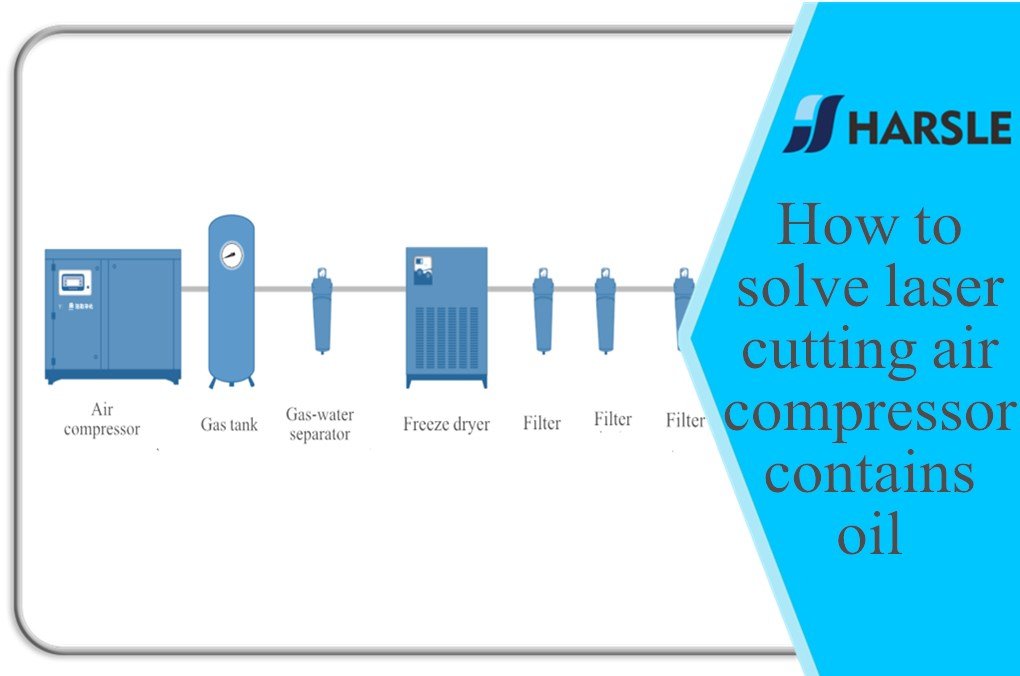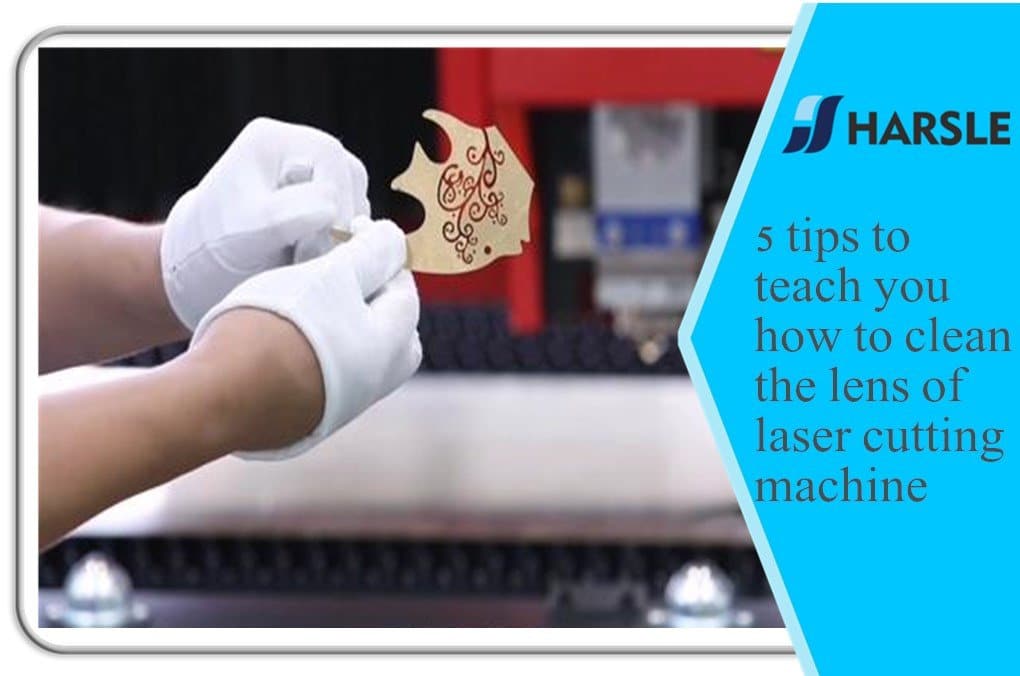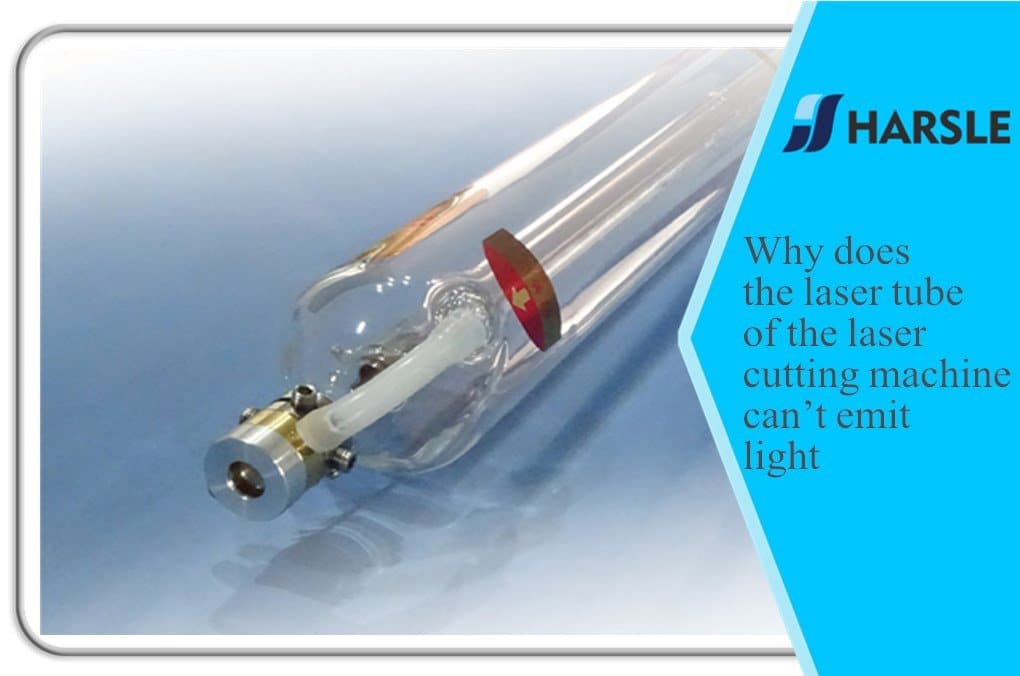Come risolvere le scorie di saldatura durante il taglio dell'acciaio al carbonio con la macchina da taglio laser?


L'acciaio al carbonio è sempre stato uno dei nostri materiali metallici comuni e abbiamo sempre utilizzato macchine da taglio laser per la lavorazione. Ma molte persone hanno riferito che come risolvere il problema delle scorie di saldatura durante il taglio dell'acciaio al carbonio macchina da taglio laser? Questo problema è relativamente comune nell'uso delle macchine da taglio laser, quindi cosa devo fare se incontro una situazione del genere?
La pressione del gas ausiliario è troppo bassa. Oltre allo scopo di raffreddamento e combustione, il gas ausiliario deve anche soffiare via le scorie. Quando la società del gas ausiliario non raggiunge una certa soglia standard, è impossibile rimuovere completamente tutte le scorie prodotte dal taglio e dalla fusione. Soffiare, quindi prima della lavorazione di taglio, è necessario verificare se la pressione del gas ausiliario è normale e se il gas ausiliario è esaurito. Se esiste una situazione del genere, deve essere mantenuta in tempo per evitare di compromettere la qualità del taglio.
Lo spessore del materiale in acciaio al carbonio supera la gamma di taglio della macchina da taglio laser. Poiché la temperatura del taglio laser raggiunge più di 1700 gradi Celsius nel momento in cui il raggio irradia la superficie del pezzo, scioglierà il materiale nell'area e produrrà scorie bollenti. Il fenomeno dell'ebollizione porterà anche una parte dell'ossigeno nell'area inferiore della zona di reazione e, sotto l'azione della combustione assistita da ossigeno, la parte inferiore dell'area produce una reazione di combustione per realizzare il taglio dei materiali.
Tuttavia, se lo spessore del materiale in acciaio al carbonio è troppo grande, non c'è ossigeno nel punto di fusione dello strato più basso, quindi il materiale nello strato più basso non può formare una reazione di combustione e viene principalmente fuso dal calore generato dalla reazione di combustione nella zona superiore. Ma in realtà, non è completamente sciolto. Quindi, indipendentemente dal tipo di gas ausiliario ad alta pressione, non è possibile soffiare via le scorie.
Inoltre, vale la pena ricordare che, vista la situazione di cui sopra, di solito quando si utilizza a macchina da taglio laser per tagliare lamiere di acciaio al carbonio più spesse, l'ossigeno viene utilizzato come gas ausiliario. Da un lato, serve allo scopo di raffreddare e soffiare via le scorie e allo stesso tempo. Allo scopo di supportare la combustione, realizza un taglio di materiale in acciaio al carbonio più spesso e un taglio di qualità perfetta. scorie di saldatura
Welding is a fundamental joining process used in various industries, from construction to aerospace. In the welding world, one often encounters a byproduct known as welding slag. This residue plays a crucial role in the welding process but also requires proper handling and removal to ensure the quality and integrity of the weld. In this comprehensive guide, we will delve into the world of welding slag, exploring its formation, functions, importance, and methods for effective removal.
Section 1: Formation of Welding Slag (200 words)
Welding slag is a non-metallic residue that forms during the welding process, particularly in arc welding methods like Shielded Metal Arc Welding (SMAW), also known as stick welding. The formation of welding slag is intimately tied to the use of flux. Flux is a material that coats the welding electrode or is present in the welding wire. This flux serves multiple essential purposes in welding.
During welding, the flux coating on the electrode or the flux-core wire melts alongside the electrode and base metal. As the materials melt and fuse, the flux undergoes a chemical reaction, creating a molten slag. This slag floats to the surface of the weld pool and solidifies as the weld cools. The result is a glassy or crystalline material covering the surface of the weld.
Section 2: Functions of Welding Slag (200 words)
Welding slag is not merely a waste product; it serves several vital functions in the welding process:
- Shielding: Welding slag acts as a protective barrier, shielding the weld pool and molten metal from atmospheric contamination, primarily oxygen and nitrogen. This shielding prevents the formation of defects like porosity and inclusions in the weld.
- Arc Stabilization: The flux coating helps establish and maintain a stable arc between the welding electrode and the workpiece, essential for a consistent and controlled welding process.
- Impurity Removal: Welding slag promotes the removal of impurities and oxides from the base metal. By facilitating this purification process, it contributes to the overall quality of the weld.
Section 3: Importance of Removing Welding Slag (200 words)
While welding slag plays crucial roles during welding, its removal is equally significant. Failing to remove welding slag can lead to several adverse effects:
- Slag Inclusions: If welding slag remains trapped within the weld metal, it can result in the formation of slag inclusions. These inclusions weaken the weld and diminish its mechanical properties.
- Aesthetic Impact: Welding slag often leaves a rough, uneven surface on the weld bead, affecting the appearance of the weld. For applications where aesthetics matter, proper slag removal is crucial.
- Incomplete Fusion: Thick layers of slag can impede complete fusion between the weld metal and the base metal, potentially compromising the weld’s structural integrity and strength.
Section 4: Methods for Removing Welding Slag (300 words)
Removing welding slag is a standard practice in welding, and various methods are employed:
- Chipping: After the weld has cooled, a welding hammer or chipping hammer is used to gently strike the slag layer. This causes the slag to fracture and break away from the weld bead. Chipping should be done carefully to avoid damaging the underlying weld.
- Wire Brushing: A wire brush, often referred to as a slag brush, is employed to sweep away any remaining slag particles from the weld. It also helps in cleaning the surface of the weld bead, leaving a smoother finish.
- Grinding: In cases where the slag is stubborn or adheres firmly to the weld, grinding tools such as a grinder or a chisel can be used to remove it. Grinding provides a more aggressive approach to slag removal.
- Washing or Blasting: In some applications, particularly those requiring high cleanliness standards, washing or blasting with abrasive materials like sand or steel shot may be used to remove residual slag and contaminants.
Section 5: Safety Considerations (100 words)
It’s crucial to prioritize safety when handling welding slag:
- Always wear appropriate personal protective equipment (PPE) such as safety glasses, gloves, and protective clothing to prevent injury from flying slag particles or sharp edges.
- Ensure proper ventilation in the workspace to remove fumes and gases produced during the welding process and slag removal.
- Maintain a clean work area to prevent tripping hazards and accidents.
Conclusion (100 words)
Welding slag is a fascinating byproduct of the welding process, with functions that contribute to the success of a weld. However, its removal is equally important to ensure the weld’s structural integrity, appearance, and overall quality. Understanding the formation, functions, and removal methods of welding slag is crucial for welders and welding professionals, as it contributes to the production of strong and reliable welds that meet industry standards and requirements.

